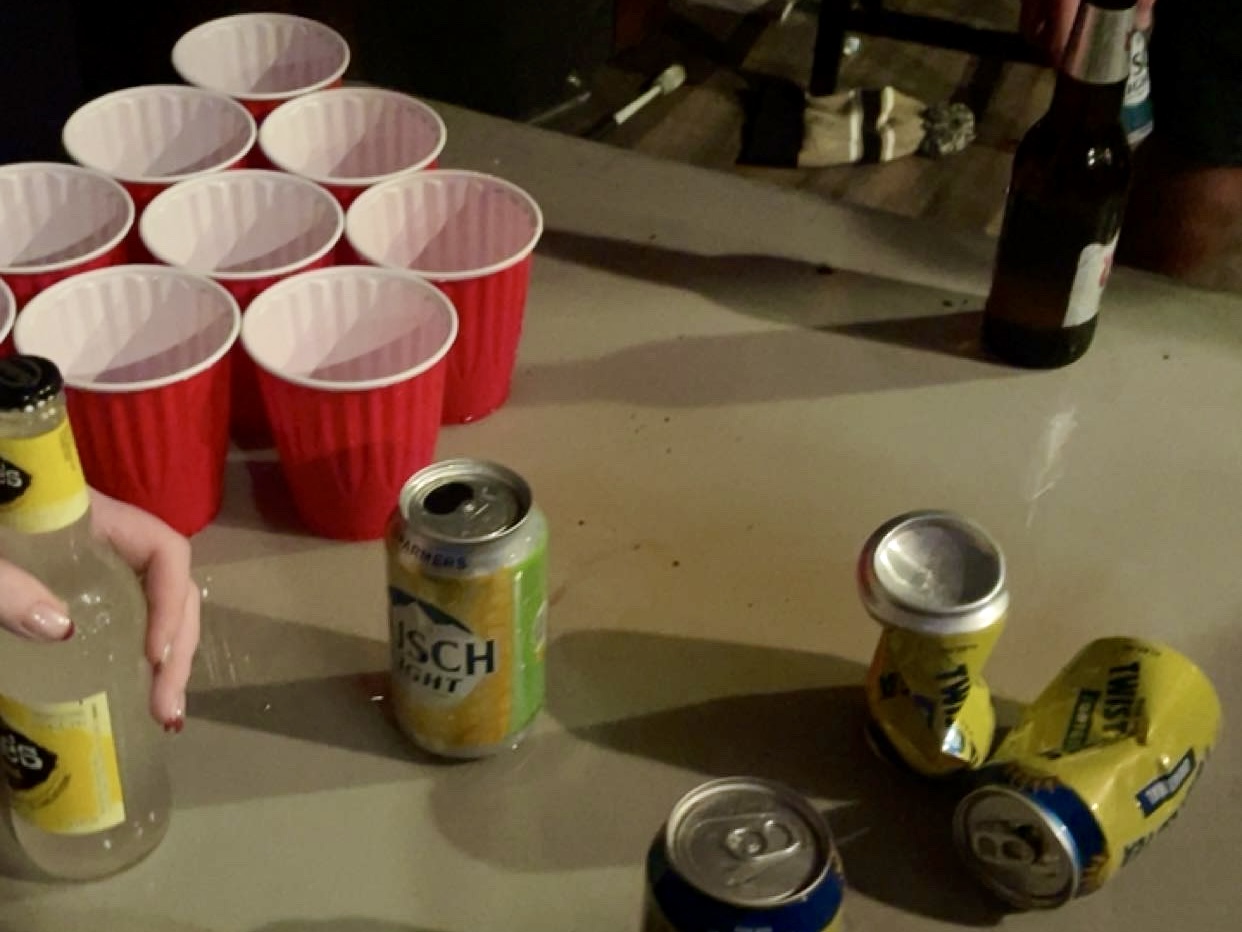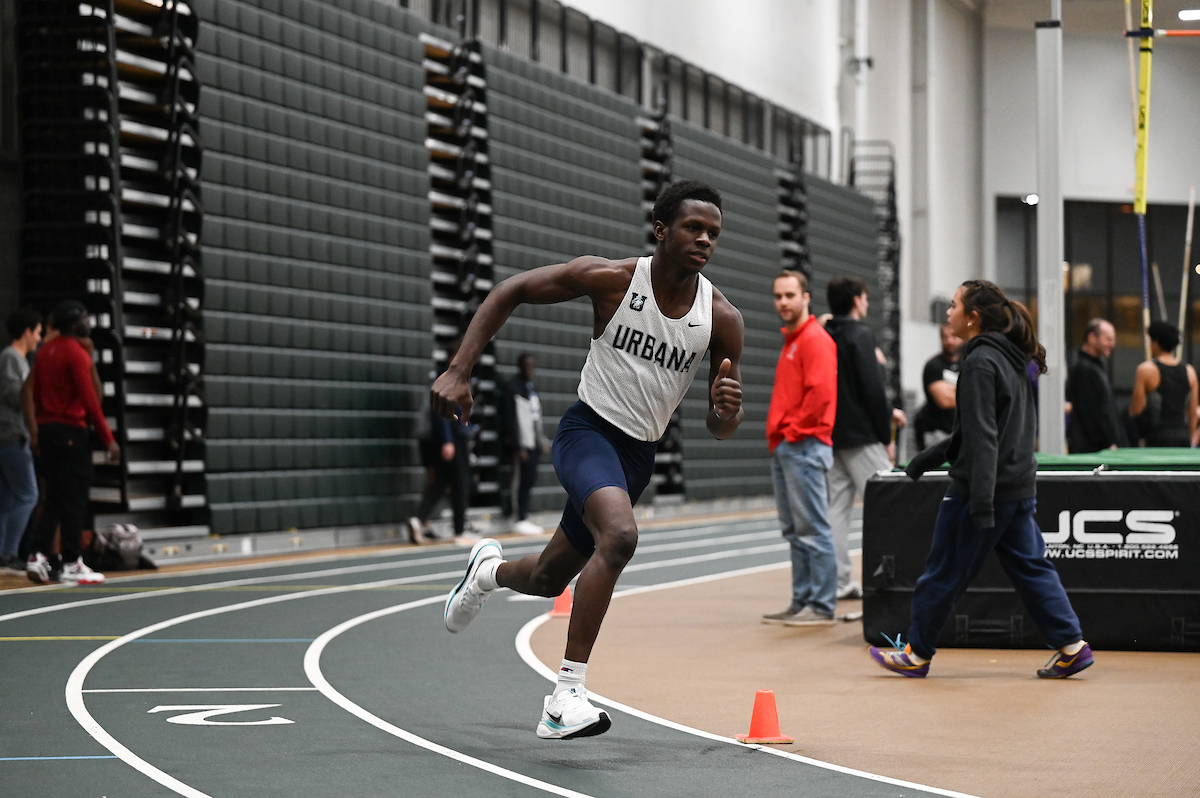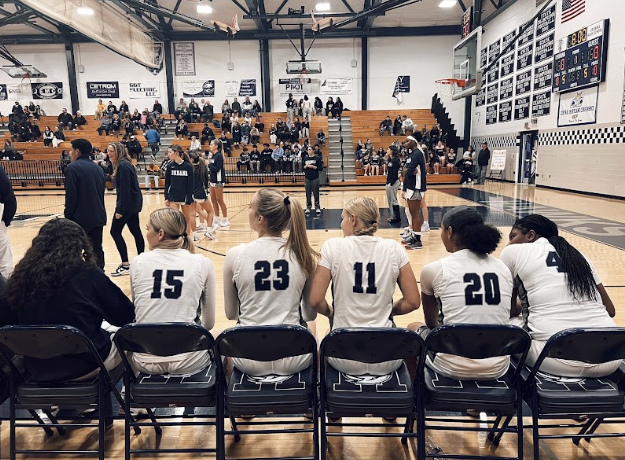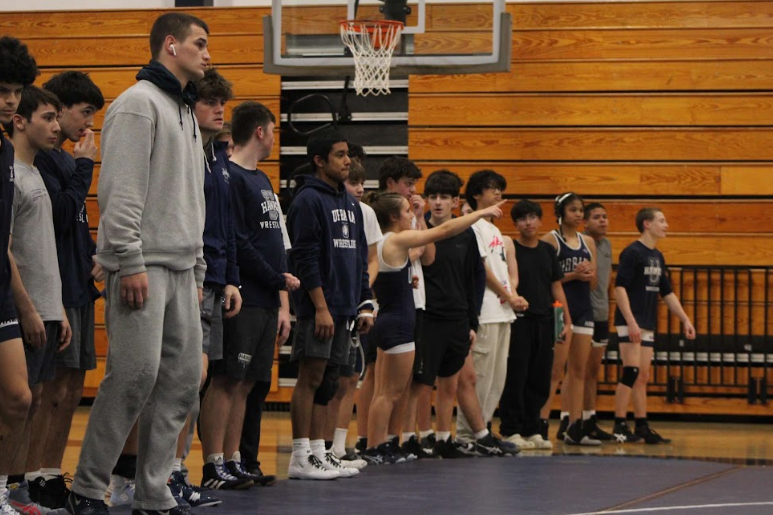Despite being the third most addictive drug globally, alcohol remains the most used drug among youth. Furthermore, even though youth (under 21 years old) drink less than adults, the National Institute on Alcohol Abuse and Alcoholism reports that when they do drink, they drink more.
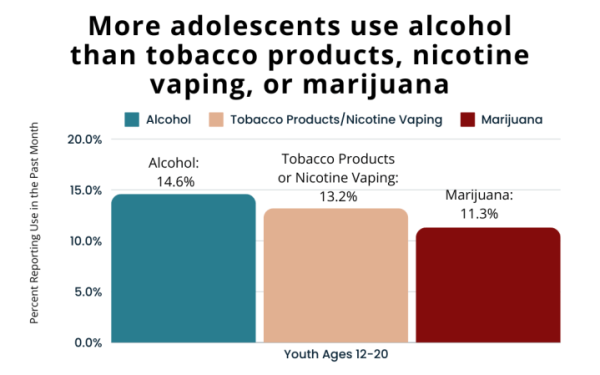
Consuming alcohol has a direct impact on the central nervous system, slowing response times and blocking critical messages to the brain. These trends in alcohol use among underage and youth population remains a problem in many communities, including here in Frederick.
Alarmingly, approximately 90% of all beverages containing alcohol consumed by youth are done so through binge drinking (a pattern of drinking that brings blood alcohol concentration (BAC) to 0.08%.) For females, this generally means consuming four or more drinks in one sitting, while for males, it requires five or more.
Binge drinking often occurs at house parties, settings that are frequently glamorized in media but fall short of the ‘cool’ portrayal. One student described them as ‘a lot of sweaty teens in a basement,’ while another noted, ‘Most people are intoxicated and act differently.’ These environments present significant risks like impaired driving, alcohol poisoning, and unprotected sex.
Deputy Ralph Kay, School Resource Officer (SRO) at Urbana High and surrounding schools, explains, “Kids think it’s cool, you try it and it’s something new, you feel like you’re more of an adult,” adding, “I would think kids see famous people or their friends on snapchat, and they think that everyones doing it all the time, so they want to do it too.”
Deputy Kays observation aligns with research showing that alcohol-related social media posts increase youth alcohol consumption and cravings.
When teens see their peers or characters on TV enjoying house parties, they often disregard the potential consequences—rarely depicted in media or stories—that can follow the next morning.
In a survey of 6 Urbana students, all 6 respondents identified Twisted Tea as the most popular alcoholic drink among students. Described as tasting like traditional iced tea with lemon and “an undeniable spike of something extra,” it is both affordable and accessible.
However, intoxication often leads to poor decision-making and overconfidence.
Everyday, about 37 people in the United States die in drunk-driving crashes, with 800 people being injured. While these statistics are 100% preventable, people still continue to get behind the wheel while impaired.
While one of the leading causes of death on roadways, the popularity of drunk driving still increases. One student noted, “I have witnessed a drunk driver. It happens at almost every party. Cops will come, and people leave under the influence when they get there.” This behavior, unfortunately common among high schoolers, is often observed when police arrive to disperse a gathering.
Deputy Kay provides his input on why students get behind the wheel, “I think some of it could be kids being too nervous to ask for a ride, especially from parents, because they aren’t supposed to be drinking or they just think that they can handle it and it won’t be a big deal.” He adds, “they then get behind the wheel and don’t realize how much it affects them.”
But the effects of alcohol interfere with judgment, alertness, self-control, reasoning, reaction time, and memory. Driving under the influence leads to a distorted, out-of-body sensation that severely impairs one’s ability to operate a vehicle.
Mothers Against Drunk Driving (MADD), a non-profit organization against drunk driving, works to raise awareness about the dangers of impaired driving. On average, 1 in 4 car crashes among teens involve a drunk driver, with an overall estimate of 2 in 3 people likely to be involved in a drunk driving crash within their lifetime.
A Frederick County Police Officer describes an experience that sticks with him,
Behaviors associated with drunk driving can stem from example, specifically from family members. If parents preach to stay away from alcohol and practice sober habits but do the opposite, kids become confused and parents’ words mean less.
Parents’ behavior must reflect what they tell their children.
Individuals with a family history of alcoholism are at much greater risk for developing an alcohol use disorder (AUD). Neuroimaging studies have shown that family history of alcoholism (FHP) individuals differ from family history negative (FHN) peers in amygdalar, hippocampal, basal ganglia, and cerebellar volume.
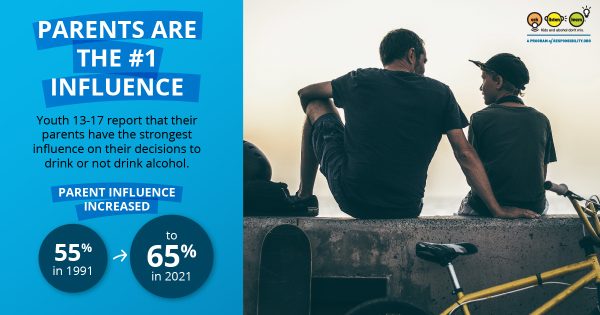
These differences are in vital brain areas that control emotions, memory, and movement. FHP individuals may have challenges with self control and memory in comparison to FHN peers, making FHP individuals more susceptible to AUD.
In volume 41 of Alcohol and Alcoholism, a study was done to investigate the influences of parental alcohol problems on adolescents’ alcohol consumption and motivations to drink alcohol. It was concluded that children of parents with alcohol problems were found to drink more frequently, more heavily, and more often alone than children of parents without alcohol problems.
Addressing youth alcohol use requires a community-wide effort. Schools, parents, and peers must work together to provide honest education, model responsible behavior, and support informed decision-making.
Deputy Kay suggests, “A good thing for parents is educating their kids, maybe teaching them moderation and responsible decision-making. It’s irrational to say, ‘Don’t ever try alcohol until you’re 21,’ even though that’s the law.” Parents must build trust and guide teens toward safer choices.
By working together, we can create a safer culture that promotes informed and responsible decision-making.
For those seeking help, resources like the Substance Abuse and Mental Health Services Administration (SAMHSA) helpline (1-800-662-HELP) and Mothers Against Drunk Driving (MADD) offer support and guidance.


